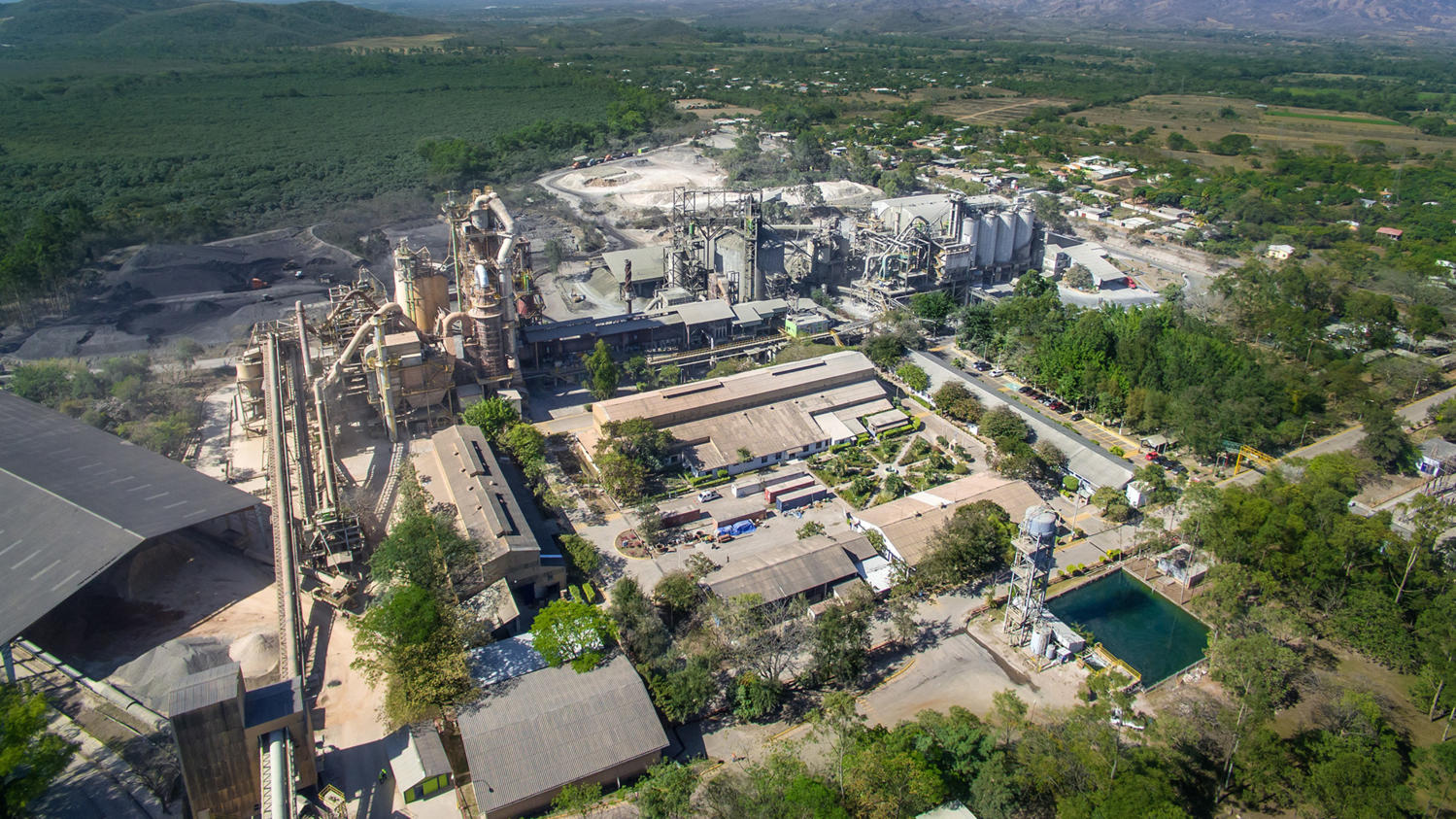Argos: Assessment enhances decision-making, risk management and transparency

At Argos, we work collaboratively to deliver solutions to global challenges and strive to create value for our stakeholders. As part of our strategic management and to monitor our progress towards our purpose “to build dreams that foster development and change lives,” we measure our environmental, social and economic impacts on society.
We recognize that we depend on the transformation of natural resources and that environmental responsibility is key for our business continuity. Applying impact valuation allows us to unify and understand our natural capital impacts and dependencies, and connects our environmental responsibility between local and global contexts.
Using KPMG’s True Value methodology, we developed our Value Added Statement. This tool allows us to assess and manage our operations’ main externalities and provides insights on how we deliver value to society. It helps us achieve three objectives:
1. Make better informed and more responsible business decisions;
2. Enable more accurate risk management;
3. Promote accountability within and outside our sector.
- No, but aligns with the Protocol’s framework
- Biodiversity & Ecosystem Services
- Climate & Air Emissions
- Energy
- Materials & Resources
- Water
- Corporate
- Monetary
- Qualitative
- Quantitative
- Value to society
- NORTH, CENTRAL AND SOUTH AMERICA
- Employment & remuneration
- Health, safety
- Skills & knowledge
- Direct operations
- Cement
Key findings
In 2017, we calculated a net value added to society of USD $ 804.3 million, 4.73 times our retained benefit. Operational environmental effects accounted for a net cost to society of USD $345.4 million in 2017.
We found that impacts derived from GHG emissions represent the highest societal cost, accounting for 78% of the company’s total cost from environmental externalities in 2017. By using alternative materials and fuels as a strategy for climate change mitigation, we could prevent up to 11.7% of societal costs related to GHG emissions in 2017.
The main challenge in 2017 in terms of reducing our negative externalities was implementing our guidelines and practices in our recently acquired facilities. We are committed to continue enforcing our Environmental Strategy, which includes climate change, emissions, water and biodiversity, circular economy and sustainable construction as fundamental pillars.
